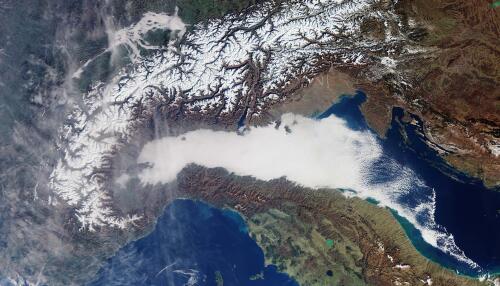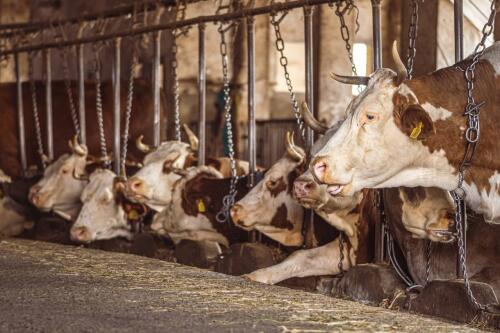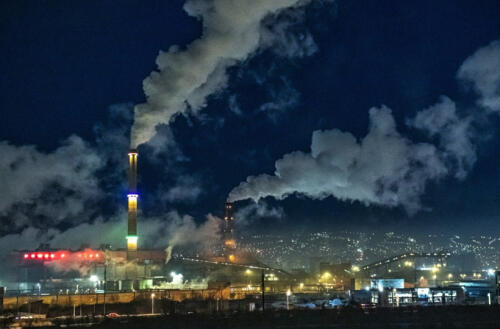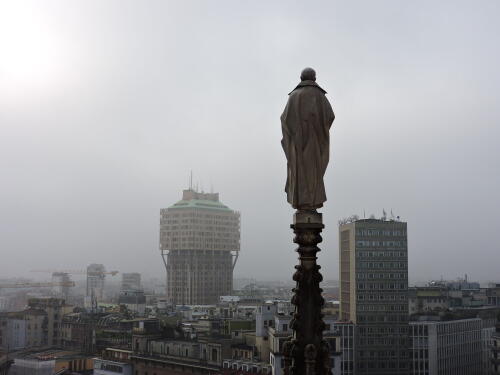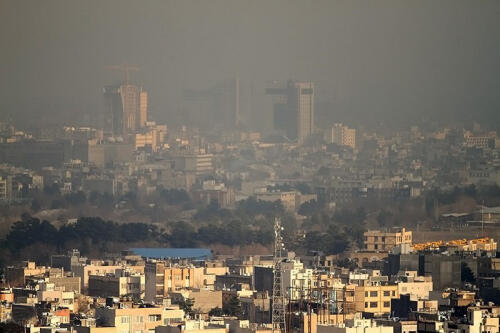Pianura Padana
The weekly round-up on the climate crisis and data on carbon dioxide levels in the atmosphere. It took a red spot on the European Space Agency (ESA) cartography and a podium placement in a ranking of little relevance, as if it were an Olympics competition, to make the poor air quality of the Po Valley news.Which isn't so much news, it's everyday life in certain periods of the year and should be newsworthy due to its periodicity.But it is enough to make people talk about a systemic issue once again in terms of emergency and inevitability and trigger the angry reaction of mayors and the usual brawl of comments which in the end only generate noise and confusion, shifting attention from the real crux of the matter :namely that air pollution is “an important public health issue that seriously threatens the well-being of people and our environment”, as stated just last October by Maria Neira, Director of the Environment, Climate Change and Health Department of the W...
New research has shed light on the role played by intensive farming in determining the terrible air quality in Lombardy.The study, published on Environmental Impact Assessment, specifies that cattle and pig breeding could increase even further 25% local air pollution.According to the results of the analysis, in particular, an increase of 1000 livestock units, corresponding respectively to 1% and 0.3% of the average population of cattle and pigs in a given area unit, causes a corresponding daily increase in concentrations of ammonia and PM10 fine particles.The increase resulted more marked in the case of cattle breeding, that is, +0.26 micrograms per cubic meter (μg/m3) for ammonia and +0.29 μg/m3 for PM10, compared to +0.01 and +0.04 μg/m3 recorded for pigs .A particularly important fact, especially if looked at in the current context of policies to combat polluting emissions.For example, it is even more paradoxical that the European Union, under pressure from Italy and...
On Tuesday 20 February the Council of the European Union and the European Parliament reached a agreement to impose more stringent limits on air quality, with which the aim is to halve polluting substances by 2030.It has yet to be officially confirmed by both parties and aims to take an important first step towards achieving zero emissions by 2050.Nonetheless, within the same agreement there are quite a few exceptions, which may lead to an extension of the time needed to adapt to the new standards. up to ten years for all those areas “where compliance with the directives by the expiry date would prove unattainable due to specific climatic and orographic conditions, or where the necessary reductions can only be achieved with a significant impact on existing heating systems”, including which promptly appears Northern Italy and, logically, Lombardy.That same Lombardy where ironically they took place on the same day as the agreement anti-pollution regulations precisely because o...
On Sunday 18 February the Swiss company IQAir published a report on air quality in various cities around the world, drawing up a classification of those in which it is most polluted, in which Milan appeared third behind only Chengdu in China and Lahore in Pakistan.The list caused quite a stir, quickly becoming one of the most debated topics of the moment;Mayor Beppe Sala, questioned by journalists, provided one answer annoyed and hasty on the issue, rhetorically asking her interviewers who conducted this type of analysis, to underline the unreliability of the data coming from private entities and invite you to trust official data.Indeed, it seems difficult to imagine that Milan could place itself on the podium of the cities with the worst air quality in the world, above very large centres like New Delhi;However, this does not mean that the ranking provided by IQAir provides an interesting point of view which is worth reflecting on, which places us before the evident problem of air poll...
In 2022, 98% of people living in Europe lived in areas with a concentration of fine particulate matter – a combination of very small solid and liquid particles of different materials and pollutants, commonly abbreviated as PM 2.5 – higher than the limit set by the World Health Organization Healthcare (WHO).Pollution levels were particularly severe in some parts of Europe, including some Italian regions.In fact, 73% of those who live in our country live in the 58 cities where from the beginning of 2023 - from January to August - the concentration of fine particles has exceeded the limits suggested by the WHO, equal to five micrograms per cubic meter of air - while the new European standards on air quality would allow an average annual concentration of 10 micrograms starting from 2035. Second the study, based on Copernicus atmospheric monitoring and promoted by the German newspaper Deutsche Welle, in collaboration with the European data journalism network, Northern Italy hold...
